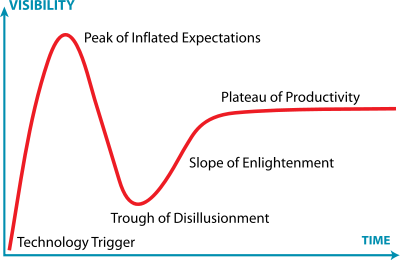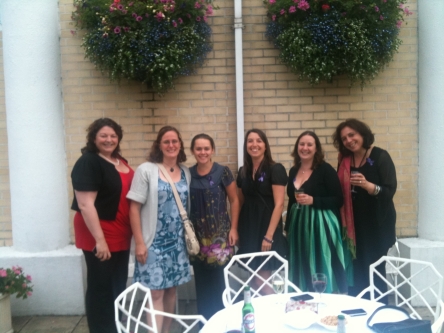Alan Brine (De Montfort University Library) carried out a survey of library staff IT skills in order to target staff training needs.
A number of competencies were listed, and each respondent ranked their ability by selecting one of these options to describe their skill level: I can / I need reminding / I can’t.
A range of training solutions was then offered, including:
- Review group for a particular topic
- Drop-ins
- ECDL or other formal training, though looking over someone’s shoulder was enough in many cases
- Wikis
- Guides
- http://the56things.wikispaces.com, followed by http://the67things.wikispaces.com
Issues
- Recognition of staff level of technology engagement by management was essential to the success of this project
- It was also important to allow time for the additional workload involved, both in training and exploration
- As possibilities multiply and skillsets expand, who will keep current?
- Managing the overall student experience is now more complex
- Face to face and personal communication still preferred and important
Good IT skills are a common requirement for many library jobs nowadays, but it is not always easy to know what is meant by this or find a way to measure it at interview. Many library-related IT skills may be specific to a particular role depending on which integrated library system is used, whether staff support students who use Windows, Mac, Linux or other systems or a combination, so many staff will need on-the-job training once in post even if their general IT skills are already good. This audit and follow-up sounds like a great way to assess the gap between the skills required and the skills of the current team members.

